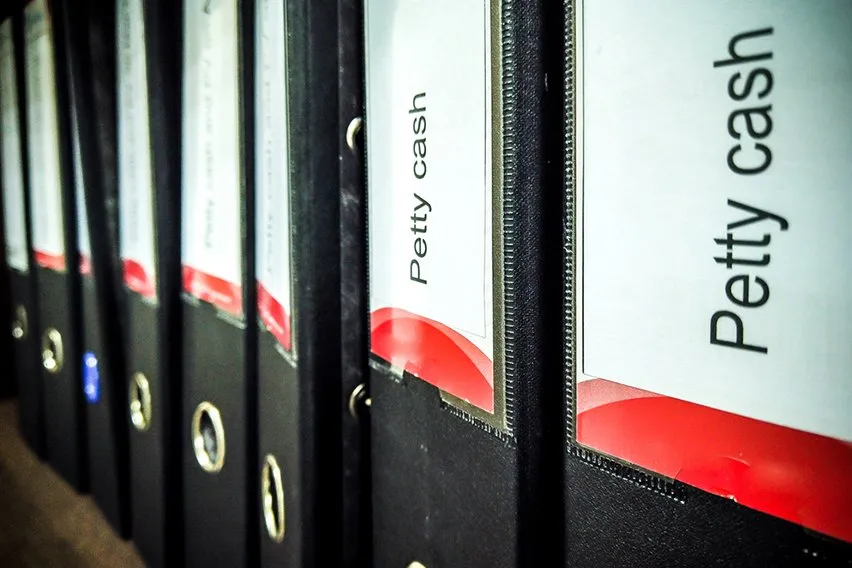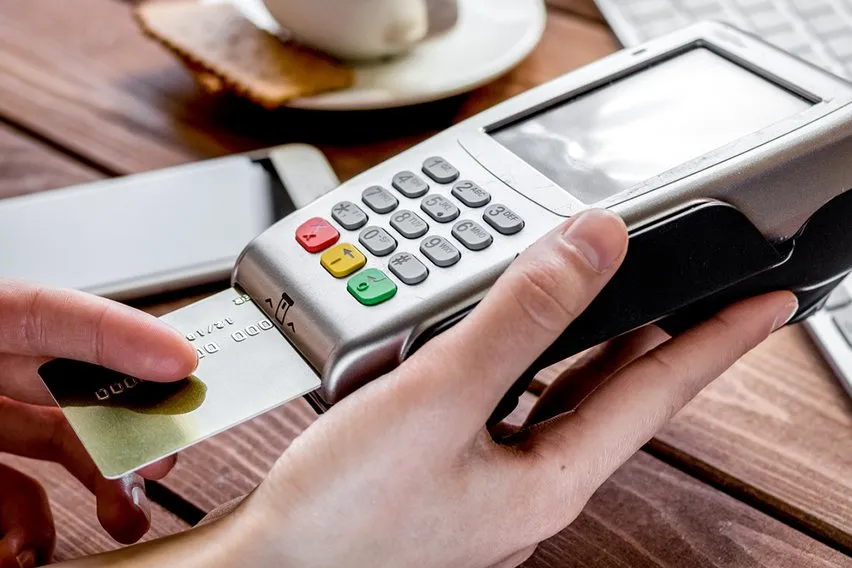What Is Petty Cash & How to Manage It?

Sometimes, a business expense occurs that you’re not expecting. These unexpected costs typically need to be handled immediately and can be urgent. In other situations, they would probably be handled by expense accounts. However, that isn’t always an option. For this reason, most businesses have some form of petty cash funds on hand. Learn more about petty cash and petty cash funds in our helpful article!
Here’s What We’ll Cover:
Best Practices for Petty Cash Funds
What Is Petty Cash?
Petty cash, as the name implies, is a small amount of cash kept on hand. It’s normally kept in a locked cash box, or in a designated petty cash drawer. It’s meant to be used for minor or incidental expenses, like supplies or employee reimbursements. Sometimes, it’s kept specifically to avoid using a corporate credit card or check for small costs. Regardless, it’s well-documented and quick to use, making it ideal for unexpected costs or payments.

How Much Money is Kept in a Petty Cash Fund?
The answer to this question depends on the business being referred to. For larger corporations with an accounting department, it’s likely that there are petty cash accounts for each department. Depending on how large the company is, it may be upwards of £500 for each department.
However, for small companies, it may only be between £100 and £500 total. The amount of petty cash depends upon the size of the business, and the expenses that occur.
What are Some Specific Uses for Petty Cash?
As a small business owner, you may try to avoid using petty cash. When you’re considering your petty cash funds, these are some of the appropriate uses:
- Any business or office supplies that are small
- Lunch for your employees or clients
- Employee reimbursements
- Sending flowers or a card to employees for birthdays
- A small going away party for an employee
Any one of these scenarios is appropriate for petty cash. The entire point of petty cash is to have accessible cash for small scenarios or needs.
Best Practices for Petty Cash Funds
If your business is using petty cash for any of its transactions, it’s important to follow some of these best practices. They’ll help you keep track of your funds, and keep them safe.
Appoint a Custodian
If you run a small business, that custodian will be you. If you have employees, one of the middle-level management employees can be appointed as the petty cash custodian. Regardless, the responsibilities will remain the same. The custodian is responsible for:
- Overseeing the funds
- Enforcing rules and regulations
- Requesting more funds
- Dispensing funds as needed
A petty cash custodian will keep your funds in check.
Record All Transactions
Just like any other transaction, petty cash transactions need to be monitored and recorded. They need to be present on your financial statements. However, the transactions are recorded in a manner that oversees the replenishment of funds. The individual purchases don’t need to be recorded officially, just the actual funding.
The best way to do this is by collecting receipts. The replenishment of the fund should match the total of the receipts from the specified time period. If they don’t, then funds have been spent and are not accounted for.
Reconcile Your Petty Cash
Review and reconciliation of the petty cash funds should be done periodically. This will help you ensure that the amount of money going into the fund matches what has been spent. All funds should match over time. Any discrepancies should be investigated and reviewed before moving forward.

Understand the Difference Between Petty Cash and Cash on Hand
Petty cash is technically cash on hand. However, in the accounting world, the two are entirely different. Petty cash is a small amount of cash made available for expenses. It’s in physical cash, like bills and coins. Cash on hand is all the cash that a business has available to spend. It includes accounts, assets, and other forms of payment.
Keep Your Cash Secure
Petty cash funds need to be kept secure, as they’re physical cash. Keep them in a locked box, or a locked drawer. The key or combination should not be made readily available to all employees. Only the business owner and the petty cash custodian should have access.
Key Takeaways
Nearly all businesses have a stash of petty funds available for quick expenses. These can be used for a number of things, from supplies to personal expenses. Regardless of how they’re used, they need to be kept secure and well-documented. If you can do that, then you’ll be in good shape.
If you need more accounting tips and information, be sure to visit our resource hub. We have plenty of helpful guides and practices for you and your small business.
RELATED ARTICLES

 Sole Trader Vs Limited Company Comparison: Which Is the Best?
Sole Trader Vs Limited Company Comparison: Which Is the Best? What Is Proof of Concept (POC) & How to Create It?
What Is Proof of Concept (POC) & How to Create It? How Much Can You Earn Before Tax? Income Tax & Allowance Calculator
How Much Can You Earn Before Tax? Income Tax & Allowance Calculator What Is Bacs Payment? The Complete Guide
What Is Bacs Payment? The Complete Guide What Are Faster Payments & How Do They Work? UK Payments Basics
What Are Faster Payments & How Do They Work? UK Payments Basics What Is PCI Compliance? A Guide
What Is PCI Compliance? A Guide